


Blink blink !
Its almost here


Top 6 Safest Maruti Suzuki Cars in India 2025 with GNCAP Ratings
- 1The New Dzire scored 5-star safety rating in GNCAP crash test in 2024
- 2The Ertiga scored a 3-star rating from Global NCAP in 2019
- 3Alto K10 scored 2-star while WagonR, S-presso and Ignis scored 1-star GNCAP rating
India’s leading carmaker in terms of volumes, Maruti Suzuki, has become a household name for offering class-leading fuel efficiency, low ownership costs and practicality. However, the one area where Maruti Suzuki has been overpowered by other car brands is safety. The prime organisation for testing the safety of mass-market cars sold in India, Global NCAP, has crash-tested several Maruti Suzuki cars in the recent past. Almost half of the Maruti Suzuki lineup has gone through the stringiest parameters set by Global NCAP in its crash tests. Based on the results of these tests, here are the six safest Maruti Suzuki cars that one can buy currently in India:
| Model name | Body type | GNCAP crash test rating | Starting Price (ex-showroom, Delhi) |
| Maruti Suzuki Dzire | Sedan | 5-star | ₹ 6.79 lakh |
| Maruti Suzuki Ertiga | MUV | 3-star | ₹ 8.69 lakh |
| Maruti Suzuki Alto K10 | Hatchback | 2-star | ₹ 3.99 lakh |
| Maruti Suzuki S-Presso | Hatchback | 1-star | ₹ 5.55 lakh |
| Maruti Suzuki WagonR | Hatchback | 1-star | ₹ 4.27 lakh |
| Maruti Suzuki Ignis | Hatchback | 1-star | ₹ 5.84 lakh |
1. Maruti Suzuki Dzire
.jpg)
The safest car from Maruti Suzuki right now is the new Dzire. It was crash-tested by GNCAP in November 2024 under the new assessment program. In this test, the new Dzire secured 31.24 points out of 34 in adult occupant protection and 39.20 points out of 49 in child occupant protection. These points led the Dzire to a 5-star rating, making it one of the safest cars in India.
For adult protection, the Maruti Suzuki Dzire was rated good for the head protection of occupants seated in the front seats; it offered good head protection and adequate chest protection for both the driver and the passenger. The excessive use of high-strength steel in the car's structure ensured that the body shell remained stable after the crash tests. Maruti Suzuki Dzire has electronic stability control and pedestrian protection as standard on all variants. The subcompact sedan was subjected to front offset collision, side-impact, and pole-impact tests, and it proved safe for the occupants in all the tests.
Maruti Suzuki Dzire Key Specifications
| Engine | 1.2-litre (1197cc) Z12E |
| Transmission | 5-speed manual / 5-speed AMT automatic |
| Fuel type | Petrol / CNG |
| Mileage | 24.79 kmpl (Manual) / 25.71 kmpl (AMT) / 33.73 km/kg (CNG) |
| Maximum power | 80.46 bhp (petrol) / 69 (CNG) |
| Maximum torque | 111.7 Nm (petrol) / 101.8 (CNG) |
| Tank capacity | 37 litres (petrol) / 55 litres (CNG) |
| Seating capacity | 5 |
| Body type | Sedan |
Maruti Suzuki Dzire Key Safety Features
| Six airbags (front, side and curtain) |
| ABS with EBD and Brake Assist |
| Electronic Stability Program (ESP) |
| 3-Point seat belts for all Seats |
| ISOFix Child Seat Anchorages |
| Hill Hold Assist |
| Rear parking sensors |
| Reverse camera |
2. Maruti Suzuki Ertiga
.jpg)
The second safest car from Maruti Suzuki is the Ertiga, which was crash-tested by GNCAP in 2019 under the older program. In that test, it scored 9.25 points out of 17 in adult occupant protection and 25.16 out of 49 in children occupant protection, leading to a 3-star rating in the Safer Cars for India campaign. A second-hand Maruti Suzuki Ertiga is an excellent choice for those seeking a reliable and affordable used car, with safety features that provide peace of mind on the road
For adult protection, while the Maruti Suzuki Ertiga was rated good for the head protection of occupants seated in the front seats, it offered marginal chest protection for both, the driver and the passenger. In this test, the seatbelt pretensioner of the Ertiga couldn’t work properly, while the bodyshell integrity was rated unstable.
The Maruti Suzuki Ertiga is currently the highest-selling MUV in the Indian car market, with this seven-seater MUV being offered only with a single 1.5-litre petrol engine option.
Maruti Suzuki Ertiga Key Specifications
| Engine | 1.5-litre (1462cc) K15C |
| Transmission | 5-speed manual / 6-speed automatic |
| Fuel type | Petrol / CNG |
| Mileage | 20.51 kmpl (manual) / 20.3 kmpl (AT) / 26.11 km/kg (CNG) |
| Maximum power | 101.6 bhp (petrol) / 86.6 (CNG) |
| Maximum torque | 136.8 Nm (petrol) / 121.5 (CNG) |
| Tank capacity | 45 litres (petrol) / 60 litres (CNG) |
| Seating capacity | 7 |
| Body type | MUV |
Maruti Suzuki Ertiga Key Safety Features
| Four airbags (front and side) |
| ABS with EBD and brake assist |
| Electronic Stability Program |
| Hill Hold Assist |
| Rear parking sensors |
| Reverse camera |
3. Maruti Suzuki Alto K10
.jpg)
Surprisingly, the most cost-conscious car model from Maruti Suzuki, the Alto K10, fared better than all the other larger-sized Maruti Suzuki cars in the GNCAP crash tests. The Maruti Suzuki Alto K10 was tested in the latest round of GNCAP crash tests, in which it secured 21.67 points out of 34 for adult occupant protection, leading to a 2-star rating. Meanwhile, it scored very poor 3.52 points out of 49 in child occupant protection. A used Maruti Suzuki Alto K10 offers exceptional value for money, with a good safety features that ensure a safe driving experience.
In the Global NCAP crash tests, the Maruti Suzuki Alto K10 displayed good protection for the heads and necks of front seat occupants. It also projected marginal chest protection for and poor knee protection for the front occupants. Unlike Ertiga, the bodyshell of the Maruti Suzuki Alto K10 was rated stable in these crash tests, though the footwell was rated unstable.
Maruti Suzuki Alto K10 Key Specifications
| Engine | 1.0-litre (998cc) K10C |
| Transmission | 5-speed manual / 5-speed AMT |
| Fuel type | Petrol / CNG |
| Mileage | 24.39 kmpl (manual) / 24.9 kmpl (AMT) / 33.85 km/kg (CNG) |
| Maximum power | 65.7 bhp (petrol) / 55.9 (CNG) |
| Maximum torque | 89 Nm (petrol) / 82.1 (CNG) |
| Tank capacity | 27 litres (petrol) / 55 litres (CNG) |
| Seating capacity | 5 |
| Body type | Hatchback |
Maruti Suzuki Alto K10 Key Safety Features
| Dual front airbags |
| ABS with EBD |
| Rear parking sensors |
| High speed alert |
| Central locking |
| Front and rear seat belt reminders |
3. Maruti Suzuki S-Presso
.jpg)
First tested by Global NCAP in 2020, when it secured a 0-star rating, the Maruti Suzuki S-Presso scored a better but still poor 1-star safety rating in the updated GNCAP protocols in 2022. In this new round of testing, this quirky-looking entry-level hatchback from Maruti scored 20.03 points out of 34 in adult occupant protection and 3.52 points out of 49 in child occupant protection. The second-hand Maruti Suzuki S-Presso is perfect for anyone who needs an efficient, low-maintenance car with modern safety technology to keep you secure on every journey.
When tested for frontal impact, the Maruti Suzuki S-Presso was rated as good for the heads of front occupants, poor protection for the driver’s chest and marginal protection of the co-passenger’s chest. Compared to the version in its previous round of Global NCAP in which it came only with a driver-side airbag, the S-Presso tested in this round had dual front airbags. It is one of the reasons why it scored a better safety rating than before.
Maruti Suzuki S-Presso Key Specifications
| Engine | 1.0-litre (998cc) K10C |
| Transmission | 5-speed manual / 5-speed AMT |
| Fuel type | Petrol / CNG |
| Mileage | 24.12 kmpl (manual) / 25.30 kmpl (AMT) / 32.73 km/kg (CNG) |
| Maximum power | 65.7 bhp (petrol) / 55.9 (CNG) |
| Maximum torque | 89 Nm (petrol) / 82.1 (CNG) |
| Tank capacity | 27 litres (petrol) / 55 litres (CNG) |
| Seating capacity | 5 |
| Body type | Hatchback |
Maruti Suzuki S-Presso Key Safety Features
| Dual front airbags |
| ABS with EBD |
| Electronic Stability Program |
| Hill Hold Assist |
| Rear parking sensors |
| Central locking |
4. Maruti Suzuki WagonR
.jpg)
Another popular and high-selling car from Maruti Suzuki tested by Global NCAP in its latest round of crash tests was the WagonR. This entry-level hatchback secured a 2-star rating in the previous round conducted in 2019. However, with stricter norms in the latest round, it secured a lower 1-star rating. While it secured 19.69 points out of 34 in adult occupant protection, the results in child occupant protection were even more dismal, with 3.4 points out of 49, while its bodyshell was rated unstable. A second-hand Maruti Suzuki WagonR is a smart choice for those who want a budget-friendly car without compromising on important safety features for everyday driving.
The results scored by Maruti Suzuki WagonR in frontal impact tests were good protection for the neck, adequate protection for the head, marginal protection for the knees and weak protection for the chest of the driver. On the other hand, for the co-driver side, the ratings were adequate protection for the chest and good protection for the head and neck. The drop in safety ratings of WagonR is due to the lack of side airbags and compliance with pedestrian safety norms, which are new parameters introduced in GNCAP crash tests.
Maruti Suzuki WagonR Key Specifications
| Engine | 1.0-litre (998cc) K10C | 1.2-litre (1197cc) K12C |
| Transmission | 5-speed manual / 5-speed AMT | 5-speed manual / 5-speed AMT |
| Fuel type | Petrol / CNG | Petrol |
| Mileage | 24.35 kmpl (manual) / 25.19 kmpl (AMT) / 33.47 km/kg (CNG) | 23.56 kmpl (manual) / 24.43 kmpl (AMT) |
| Maximum power | 65.7 bhp (petrol) / 55.9 (CNG) | 88.5 bhp |
| Maximum torque | 89 Nm (petrol) / 82.1 (CNG) | 113 Nm |
| Tank capacity | 32 litres (petrol) / 60 litres (CNG) | 32 litres (petrol) |
| Seating capacity | 5 | 5 |
| Body type | Hatchback | Hatchback |
Maruti Suzuki WagonR Key Safety Features
| Dual front airbags |
| ABS with EBD |
| Electronic Stability Program |
| Hill Hold Assist |
| Rear parking sensors |
| Central locking |
5. Maruti Suzuki Ignis
.jpg)
Last on this list is the most affordable and smallest car from Maruti Suzuki’s premium NEXA chain of outlets, the Ignis. Another off-beat-looking hatchback from Maruti Suzuki, the Ignis, secured a 1-star rating, with 16.48 points out of 34 in adult occupant protection and 3.86 points out of 49 in child occupant protection. Looking for a secure and cost-effective ride? A second-hand Maruti Suzuki Ignis combines solid safety features with great value, making it the perfect option for peace of mind on the road.
Tested in the latest version of GNCAP crash tests, the Maruti Suzuki Ignis offered good protection for the heads and necks of front occupants, weak protection for the driver’s chest and adequate protection for the co-passenger’s chest. With its bodyshell rated as unstable, the Maruti Suzuki Ignis also offered marginal protection for the knees of front occupants. Like the S-Presso, the Ignis failed to comply with new pedestrian safety norms and side impact protection, leading to abysmal results in GNCAP crash tests.
Maruti Suzuki Ignis Key Specifications
| Engine | 1.2-litre (1197cc) K12M |
| Transmission | 5-speed manual / 5-speed AMT |
| Fuel type | Petrol |
| Mileage | 20.89 kmpl |
| Maximum power | 81.8 bhp (petrol) |
| Maximum torque | 113 Nm (petrol) |
| Tank capacity | 32 litres (petrol) |
| Seating capacity | 5 |
| Body type | Hatchback |
Maruti Suzuki Ignis Key Safety Features
| Dual front airbags |
| ABS with EBD |
| Electronic Stability Program |
| Hill Hold Assist |
| Rear parking sensors |
| Reverse parking sensors |
Are Maruti Suzuki cars safe?
The results of these six best safety rating cars from Maruti Suzuki depict that the new Dzire is among the safest cars in India. In contrast, other Maruti Suzuki models are not up to the industry standards set higher by brands like Tata, Mahindra, Skoda and Volkswagen. With these safety ratings, the perception of Maruti Suzuki appeared as a weaker car maker. However, a commendable 5-star safety score from Dzire ensures that the company is working towards safer cars for India.
However, except for Dzire and Ertiga, all the current cars tested by GNCAP are entry-level, small hatchbacks engineered in budget constraints and cater to cost-conscious buyers. While that’s not an excuse for Maruti Suzuki to build not-so-safe cars, it is interesting to note that the more-premium vehicles from Maruti Suzuki, especially from NEXA’s portfolio, haven’t been tested yet by Global NCAP.
Previously, the Maruti Suzuki Vitara Brezza was the only premium offering which was tested by Global NCAP, and it secured a commendable 4-star rating in the crash tests. Even the newer premium offerings from Maruti Suzuki, such as the updated Baleno, new-generation Swift, Grand Vitara, Jimny and XL6, are expected to be safer cars, offering better build quality and side airbags. None of the safest Maruti Suzuki cars come with premium ADAS features, but they have essential active and passive features that comply with basic safety norms.
Frequently Asked Questions
Expand all

Blink blink !
Its almost here



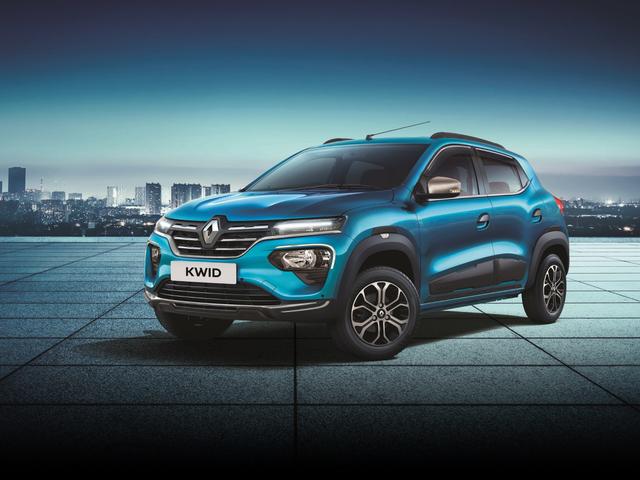




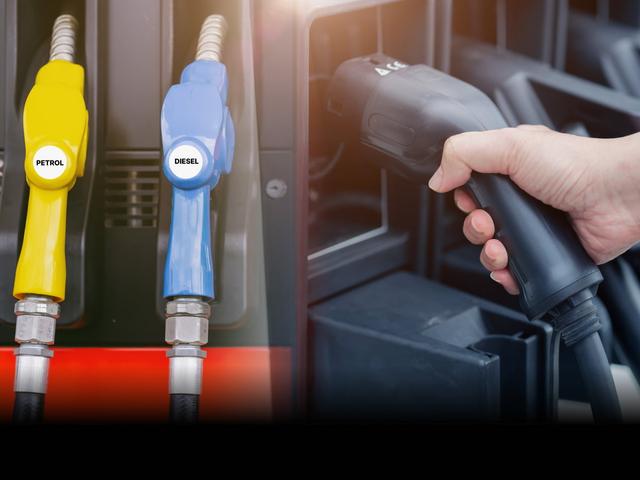

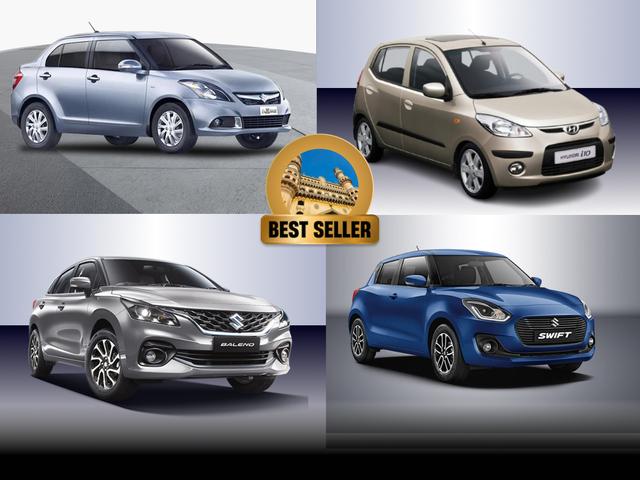

.jpg&w=640&q=75)

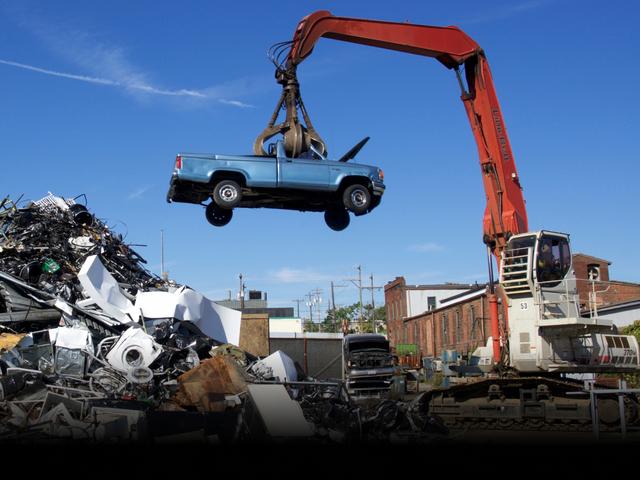

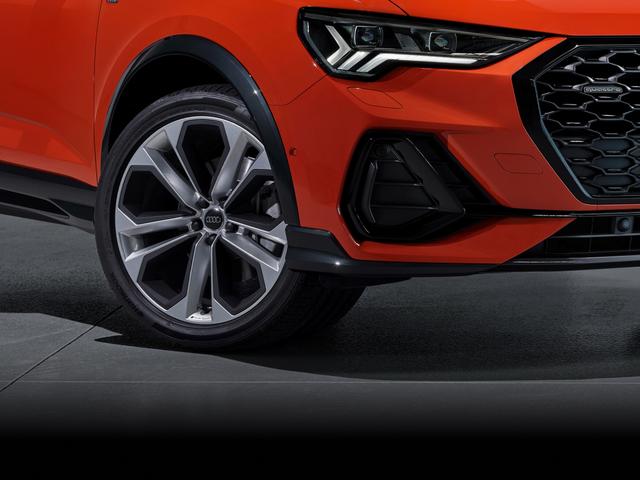





Blink blink !
Its almost here

.jpg&w=828&q=75)


.jpg&w=828&q=75)
.jpg&w=828&q=75)




.jpg&w=828&q=75)
